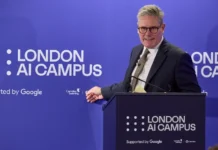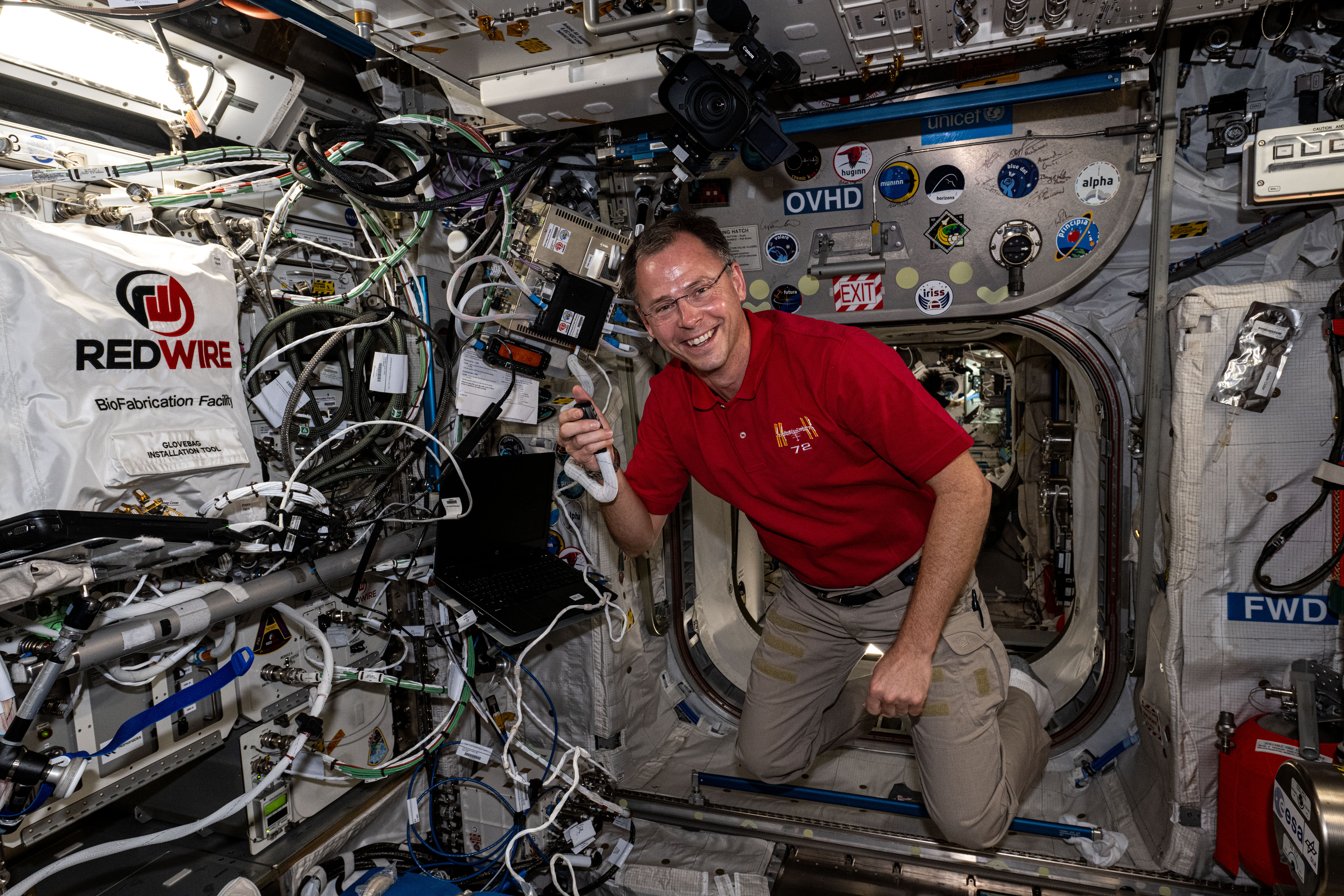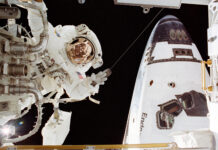How It Began and Where It Stands: Astronaut Nick Hague and ISS Ham Radio
In the vast expanse of space, communication is key. For astronauts aboard the International Space Station (ISS), staying in touch with Earth involves technology that might surprise some: ham radio. Since November 2000, astronauts like Nick Hague have been connecting with people on Earth through this fascinating medium, as part of the educational initiative known as Amateur Radio on the International Space Station (ARISS).
A Global Communication Effort
The ARISS program has facilitated over 1,700 events, allowing participants from 49 U.S. states, 63 countries, and all seven continents to engage directly with the space station’s crew. These events are not just casual chats; they are meticulously planned educational experiences. Students and other participants prepare by studying various topics related to the space station, radio waves, and amateur radio technology. This preparation aims to spark interest in Science, Technology, Engineering, and Mathematics (STEM) fields.
The Educational Impact
By engaging in these radio communications, students gain firsthand experience in a field that combines science and technology. The process is educational and inspiring, encouraging young minds to explore careers in STEM. The ability to speak directly with astronauts provides a unique perspective on life and work in space, making abstract concepts more tangible and exciting.
Upcoming Opportunities
For educational institutions and organizations interested in participating, ARISS is currently accepting applications for events scheduled in the summer or fall of 2025. The application window is open until November 17, 2024. While there is no cost for the calls themselves, host locations might need to cover some expenses related to equipment. Local amateur radio clubs often assist these organizations in preparing for the event, ensuring a successful and smooth communication experience.
The Role of Amateur Radio Clubs
Amateur radio clubs play a significant role in the ARISS program. These local clubs provide the technical expertise needed to establish a reliable connection with the ISS. They guide host organizations in setting up the necessary equipment and troubleshooting any issues that arise during the communication process. This collaboration between schools, organizations, and radio clubs enhances community engagement and fosters a spirit of cooperation and learning.
The Science Behind Ham Radio
Ham radio, or amateur radio, is a form of communication that uses specific radio frequencies to transmit messages. Unlike commercial radio, amateur radio is often used for non-commercial exchange of messages, experiments, and personal recreation. The technology behind ham radio is both simple and complex. It involves the transmission and reception of radio signals, which are then decoded into audio or other data formats. For laypersons, it’s akin to having a direct line of communication, albeit with more technical nuances.
Inspiring the Next Generation
The impact of the ARISS program extends beyond immediate participants. By inspiring students and educators, it contributes to the broader goal of cultivating a new generation of scientists, engineers, and explorers. The excitement of speaking with someone in orbit can ignite a lifelong passion for learning and discovery. The program also highlights the importance of international cooperation in space exploration, as it involves participants from all over the world.
How to Get Involved
Organizations interested in hosting an ARISS event should visit the ARISS website, where they can find detailed information on the application process and requirements. The application involves outlining how the event will be integrated into a broader educational program, ensuring it provides a meaningful learning experience for participants.
Additional Resources
For those interested in exploring more about the ISS and its educational programs, NASA’s website offers a wealth of information. Readers can learn about the various scientific experiments conducted on the station, the daily life of astronauts, and other educational initiatives that NASA supports. These resources provide a comprehensive view of how space exploration contributes to our understanding of science and technology.
Conclusion
The journey of astronaut Nick Hague and the ARISS program is a testament to the power of communication and education. By bridging the gap between space and Earth, ARISS not only educates but also inspires. It demonstrates the potential of technology to connect people across vast distances and shows how space exploration can enhance our understanding of the world and beyond.
For more information, you can visit the official NASA page where details about the ARISS program and other ISS initiatives are regularly updated. This ensures that educators, students, and enthusiasts have access to the latest news and opportunities in the realm of space exploration.
For more Information, Refer to this article.



































